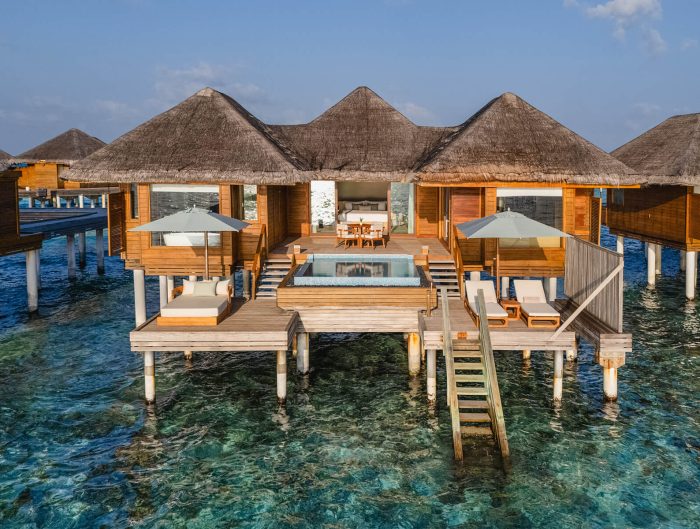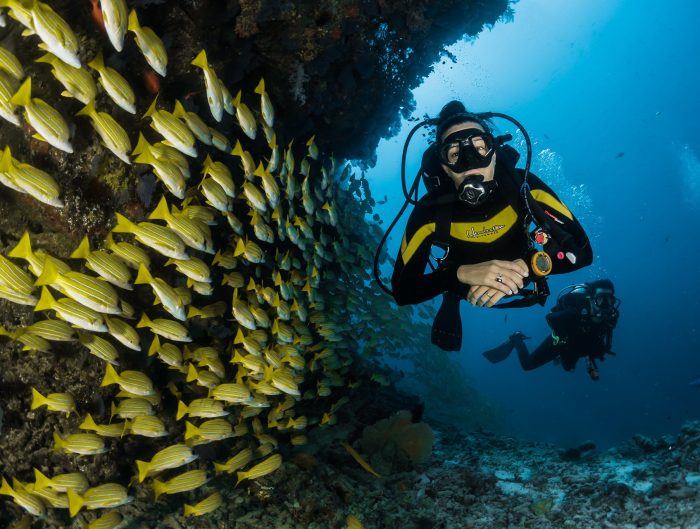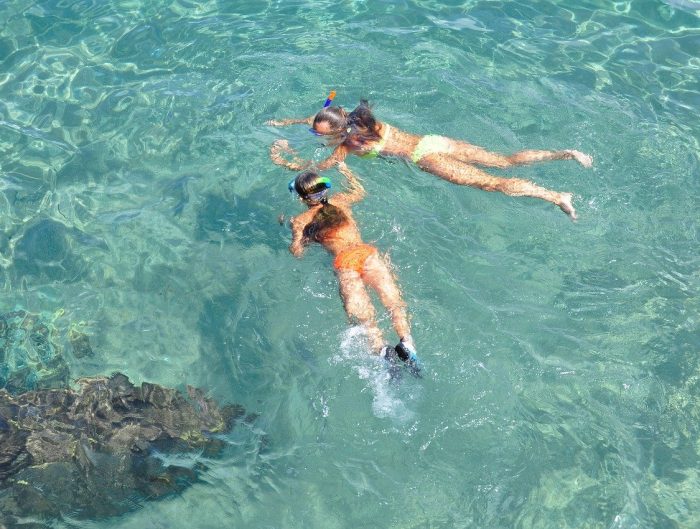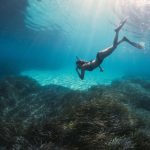The Maldives is a photographer’s paradise with crystal-clear waters, pristine beaches, and breathtaking sunsets. As a photographer, it is essential to capture the beauty of the Maldives in its entirety. This guide will provide you with all the information you need to plan a perfect stay in the Maldives that is tailored for photographers.
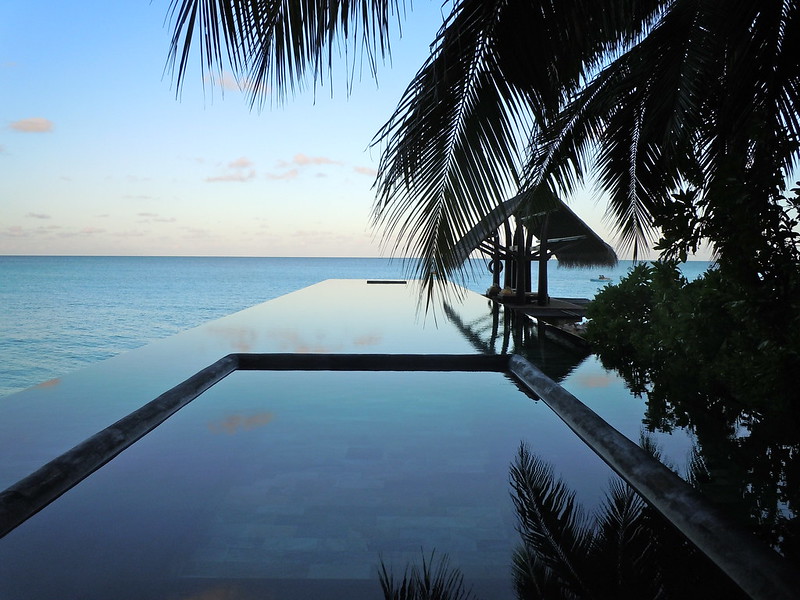
pool villa | img by Studio Sarah Lou via flickr
Choosing the Perfect Resort
When it comes to choosing the perfect resort for photographers in the Maldives, look for locations that have stunning natural backdrops like turquoise lagoons or the white sand beaches. You have a variety of choices, including places such as Huvafen Fushi Maldives.
Essential Photography Gear
When packing for a photography trip to the Maldives, there are a few essential pieces of gear to consider. A wide-angle lens is a must-have, as it will allow you to capture the vast beauty of the Maldives. A tripod will also come in handy when shooting sunrise or sunset shots. An underwater camera is a great option for capturing the stunning marine life in the Maldives. A polarising filter is also a great addition to your camera bag as it helps reduce glare and brings out the colour in the water.
Capturing Sunrise and Sunset Shots
Sunrise and sunset are the best times to capture the beauty of the Maldives. The ideal time to shoot is 30 minutes before and after sunrise or sunset. Some of the best spots for capturing these moments include the beach, infinity pools and Maldives pool villas. Consider using a tripod to capture the scene and add depth to your shots. Creating the perfect composition for sunrise and sunset shots is also important. Consider including objects like palm trees or a hammock to create a more interesting composition.
Underwater Photography
The Maldives is a paradise for underwater photography. Some of the best snorkelling and diving spots include Hanifaru Bay, where you can capture images of manta rays, and Banana Reef, where you can photograph schools of colourful fish. When it comes to underwater photography gear, consider an underwater camera with a wide-angle lens. Be sure to also bring a red filter as it helps bring out the natural colours of marine life.

